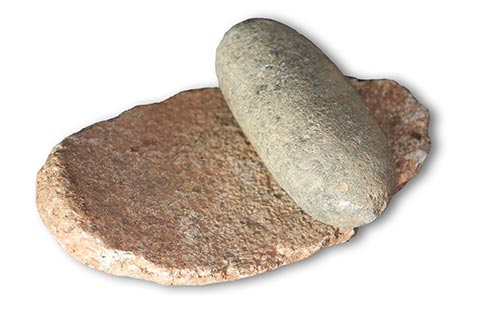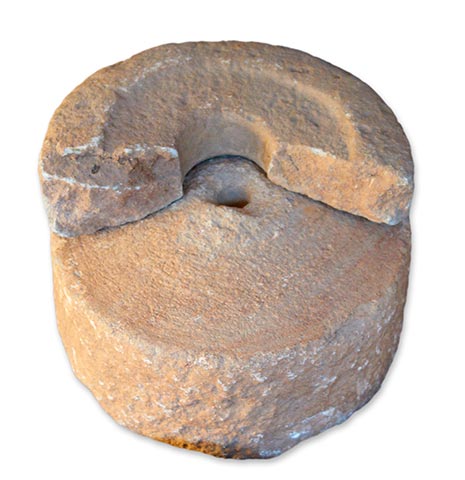The first mills of the Galician territory, called barquiformes appeared about 6000 years ago during the Neolithic period. During the Iron Age, probably due to Punic influence, the circular mills that spread and were widely used during the Roman era were introduced around the 4th century C.E. Both the ovaloid and the circular ones were hand mills, moved by human effort.
It is known that mechanical mills, using the force of water, were already used in Asia Minor since at least the 2nd-1st centuries B.C.E. and in fact they came to be used in the Roman world as well. However, the first hints of its presence in Galician territory are from the Middle Ages, approximately from the tenth century onward and the mills’ use in monasteries.
However, the moment of greatest expansion of hydraulic mills in Galicia was in the Modern Age. The seventeenth century, with the introduction of the corn crop, is when river mills begin to be a ubiquitous building harnessing almost all our river currents.
Until the middle of the 20th century, river mills form an essential part of the traditional agrarian system and are an important source of oral tradition and folklore. From the decade of 1960 progressive mechanization, the abandonment of the old agrarian activities and European emigration will cause a progressive abandonment of these mills.





